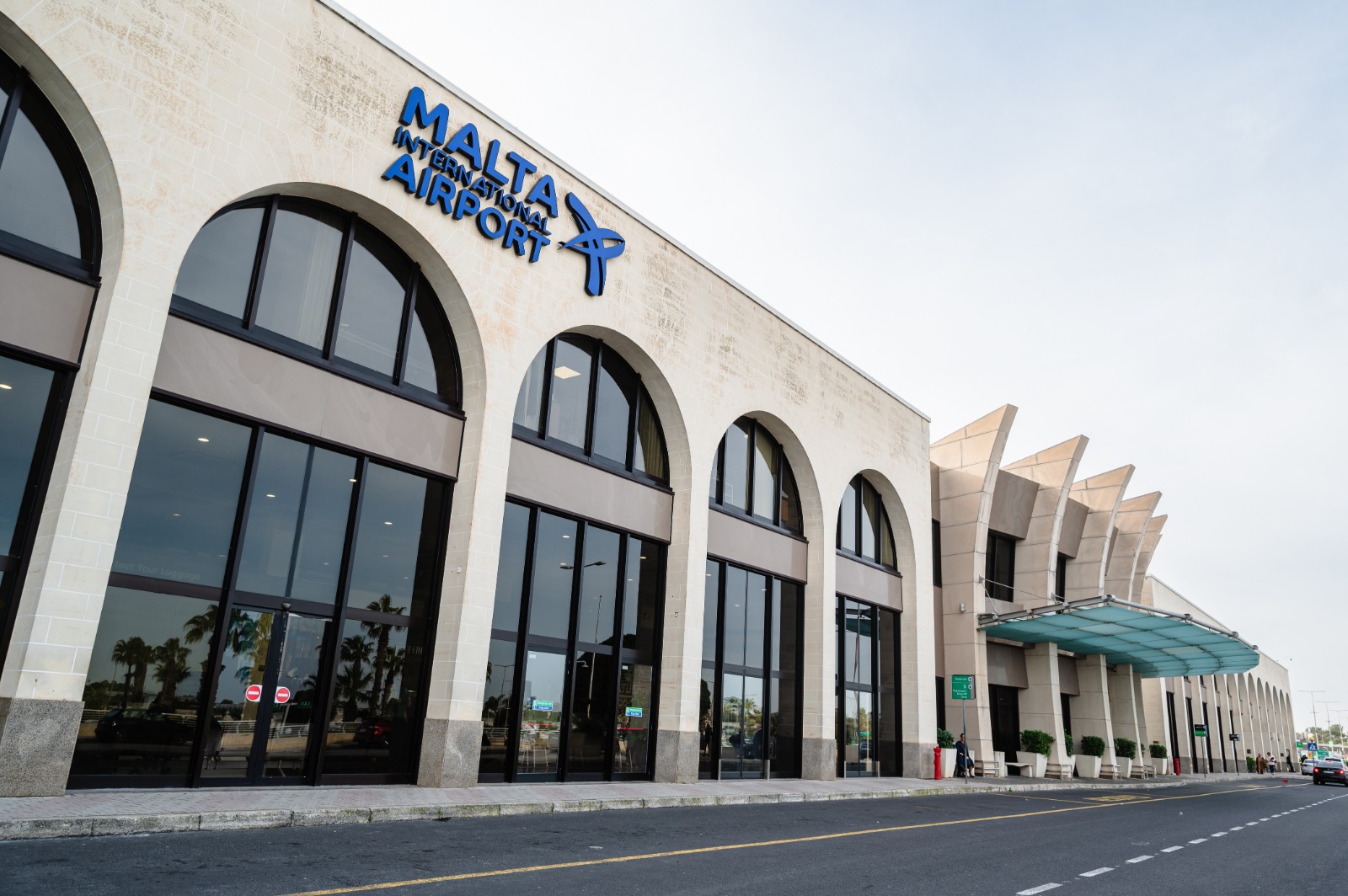Over the next two years, Air Malta is planning to increase its network as well as its flying time, according to Chief Commercial Officer Roy Kinnear.
This comes at a time when the Government is negotiating aid for the national carrier, which has already been the recipient of state aid under a restructuring plan approved 10 years ago, in 2012. The plan ultimately failed however, with the airline’s financial remaining precarious.
The COVID-19 pandemic rendered a challenging situation all the more difficult, resulting in Government seeking approval from the European Commission to allow another hefty cash injection for the airline. Last week, Finance Minister Clyde Caruana stated that for the Commission, “there are no sacred cows”, and that the national airline would not be getting any special treatment. He also said that Malta will continue to have a national carrier but has not specified that the carrier will remain Air Malta.
Mr Kinnear, who commented as part of an Air Malta announcement that it carried 1.1 million passengers during its summer 2022 schedule, which ended on Monday, remarked:

“For 2023 and 2024 we have plans to grow our network further and increase our flying time. Whilst existing routes will be retained, we are considering adding five new destinations provided we can get suitable airport slots. This will mean that we will increase our weekly flights by over 20 per cent to 155 flights.”
The positive results for Air Malta over the summer bodes well for the company’s struggling finances, as well as the wider economy which depended on strong tourism numbers this summer for a robust post-pandemic recovery.
Indeed, Air Malta reported “unprecedented levels of seat occupancy”, adding that for five consecutive months, between June and October, it operated at a +90 per cent network wide seat factor, carrying 1.1 million passengers from and to the Maltese Islands.
The seat load factor is significant as airlines seek to increase their revenues amid spiralling costs, stemming from increased wage bills, fuel costs, airport costs and the costs of air navigation services. Indeed, the aviation sector has not been spared from the inflation impacting much of the world.
In April, when the issue of Malta’s reduced post-pandemic connectivity was raised together with concerns about seat occupancy rates, David Curmi, executive chairman at Air Malta but speaking in his own capacity, explained that an airline’s seat load factor is one of a few critical factors for survival.
“The break-even “Seat Load Factor” had been creeping up well before COVID and for most airlines this is now well above 80 per cent,” Mr Curmi said back in April. “One would therefore expect airlines to stop routes that do not achieve break-even “Seat Load Factors” over an acceptable time.
“Airlines have no choice but to continue to actively seek to increase their revenues and reduce their costs of operation on their assets (aircraft) to make them sustainable and profitable and to be able to service the significantly higher debt assumed during and post-COVID.”
Government introduces mandatory physical inspection for vintage vehicle classification
From 1st September 2025, vehicles seeking vintage status must undergo a physical inspection by the official classification committee
Local filmmakers paid just €250 to screen at Mediterrane Film
The figure stands in stark contrast to the estimated €5 million total spend
Malta International Airport closes in on one million passengers in June
Meanwhile, aircraft traffic movement rose by 4.5 per cent year on year






